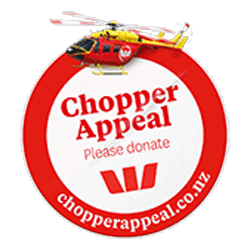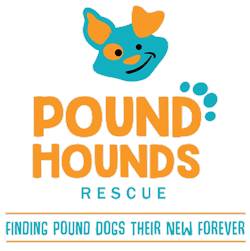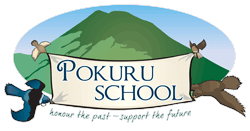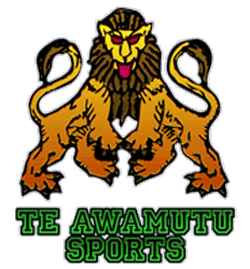Calf leptospirosis vaccinations typically happen throughout late Spring and early Summer. Calves should start vaccinations at 8 weeks of age (although can be started as young as 4 weeks) and require two doses, 4-6 weeks apart.
Most herds have their annual booster vaccination in the Autumn and R2 heifers are done at the same time. Animals should not go longer than 12 months between vaccinations, so R1 heifers require a booster vaccination at this time so that they are in line with the herd/R2 heifers as well.





